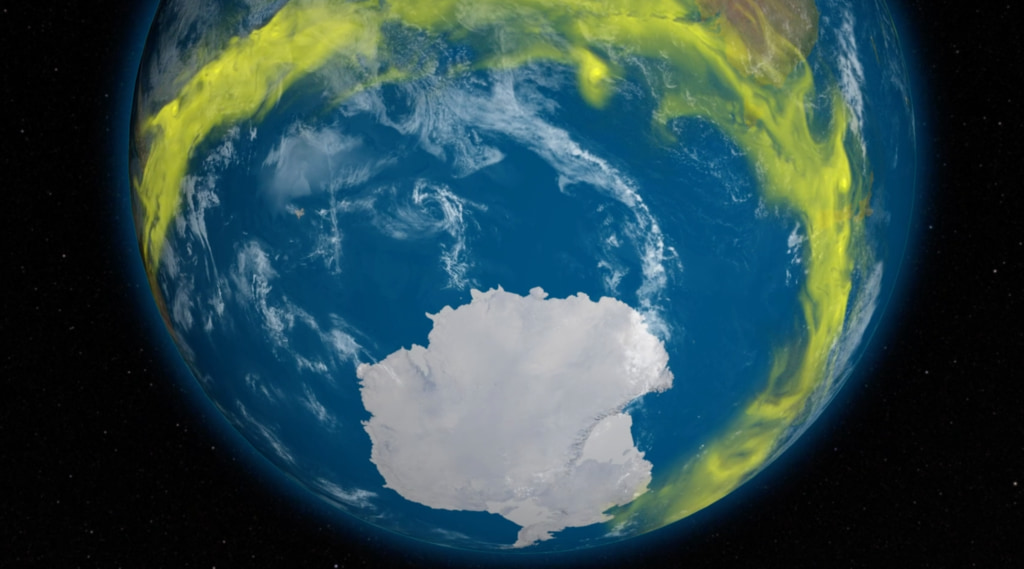Ozone-Depleting Compound Persists
Earth's atmosphere contains an unexpectedly large amount of an ozone-depleting compound from an unknown source decades after the compound was banned worldwide.
The compound, carbon tetrachloride, was used in applications such as dry cleaning and as a fire-extinguishing agent, until its regulation in 1987 under the Montreal Protocol along with other chlorofluorocarbons that destroy ozone and contribute to the ozone hole over Antarctica. Parties to the Montreal Protocol reported zero new emissions between 2007-2012.
However, new research led by Qing Liang at NASA's Goddard Space Flight Center in Greenbelt, Maryland, shows that worldwide emissions of carbon tetrachloride average 39 kilotons per year – approximately 30 percent of peak emissions prior to the international treaty going into effect. Now that scientists have quantified the emissions they can begin investigating where they are coming from. Are there industrial leakages, large emissions from contaminated sites, or some other unknown source?
For complete transcript, click here.
Scientists at NASA Goddard Space Flight Center provide an overview of the findings in this video.
Credits
Please give credit for this item to:
NASA's Goddard Space Flight Center
-
Animator
- Kayvon Sharghi (USRA)
-
Video editor
- Kayvon Sharghi (USRA)
-
Interviewees
- Paul Newman (NASA/GSFC)
- Qing Liang (USRA)
-
Narration
- Kayvon Sharghi (USRA)
-
Narrator
- Kayvon Sharghi (USRA)
-
Producer
- Kayvon Sharghi (USRA)
-
Scientists
- Paul Newman (NASA/GSFC)
- Qing Liang (USRA)
-
Project support
- Aaron E. Lepsch (ADNET Systems, Inc.)
-
Videographer
- Joy Ng (USRA)
-
Writer
- Kathryn Hansen (Wyle Information Systems)
Release date
This page was originally published on Wednesday, August 20, 2014.
This page was last updated on Wednesday, May 3, 2023 at 1:50 PM EDT.
Series
This visualization can be found in the following series:Tapes
This visualization originally appeared on the following tapes:-
Carbon Tetrachloride
(ID: 2014077)
Tuesday, August 19, 2014 at 4:00AM
